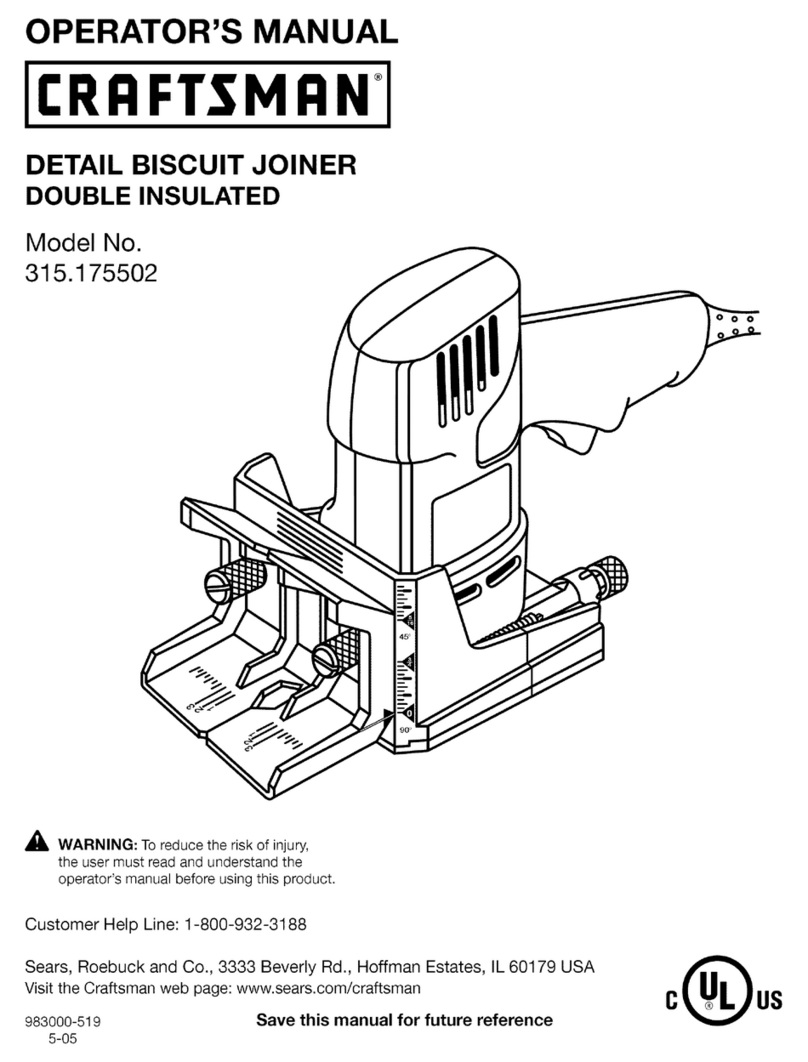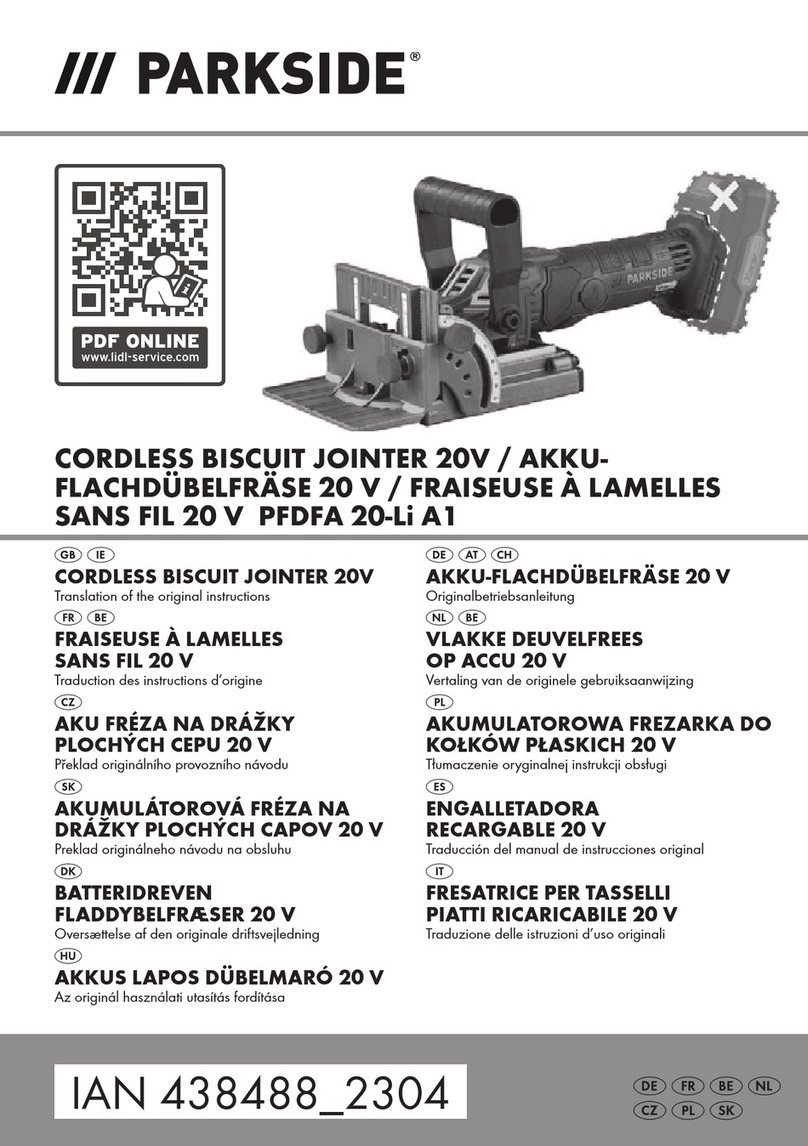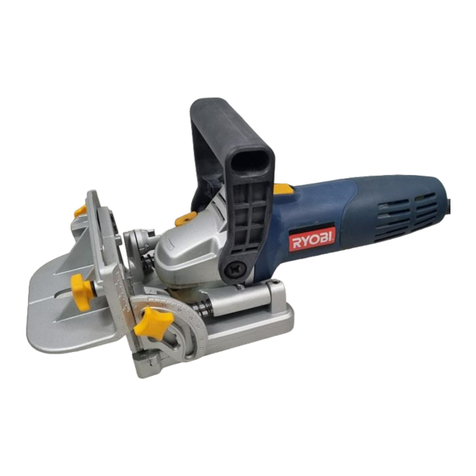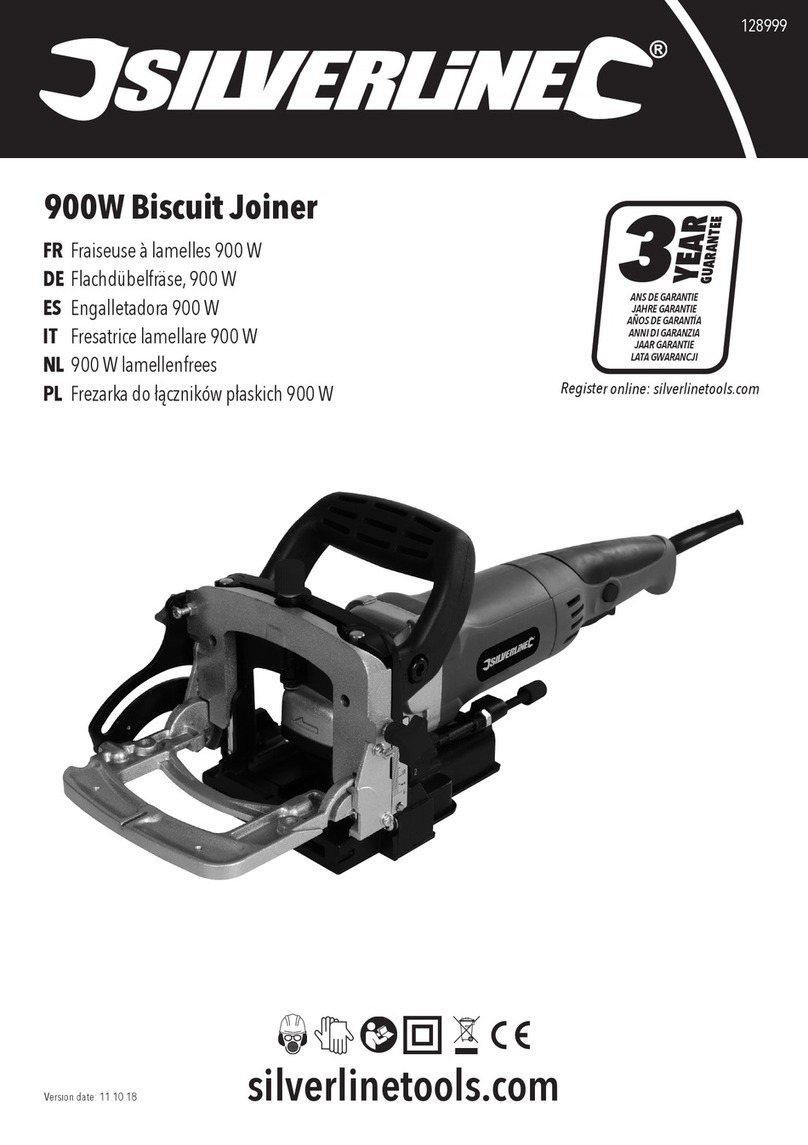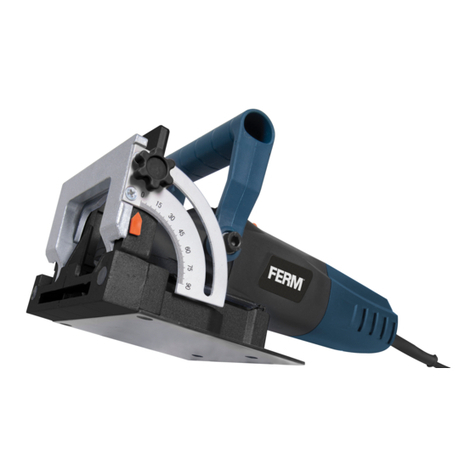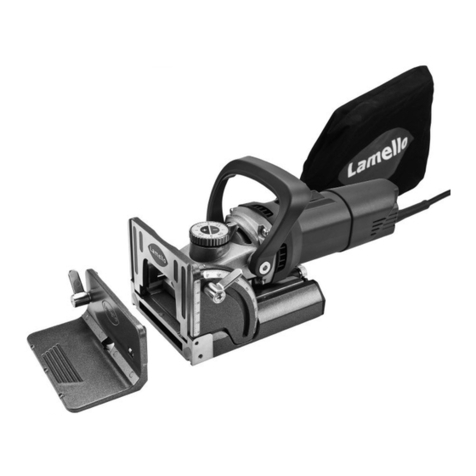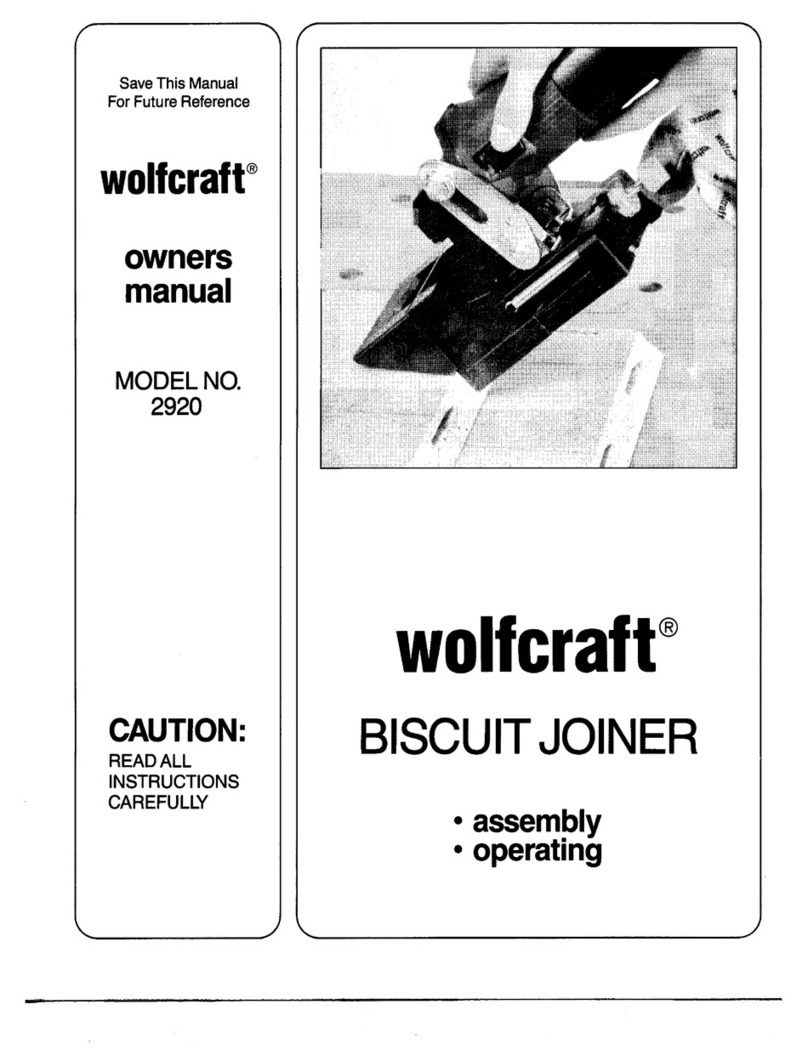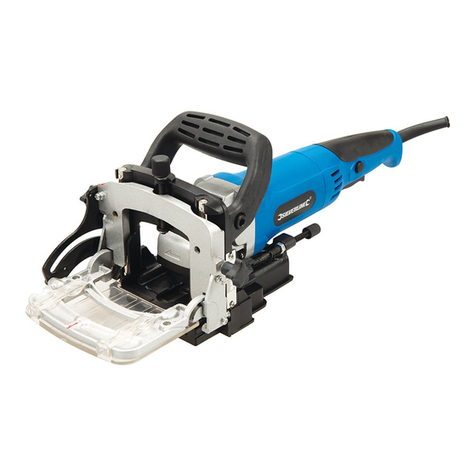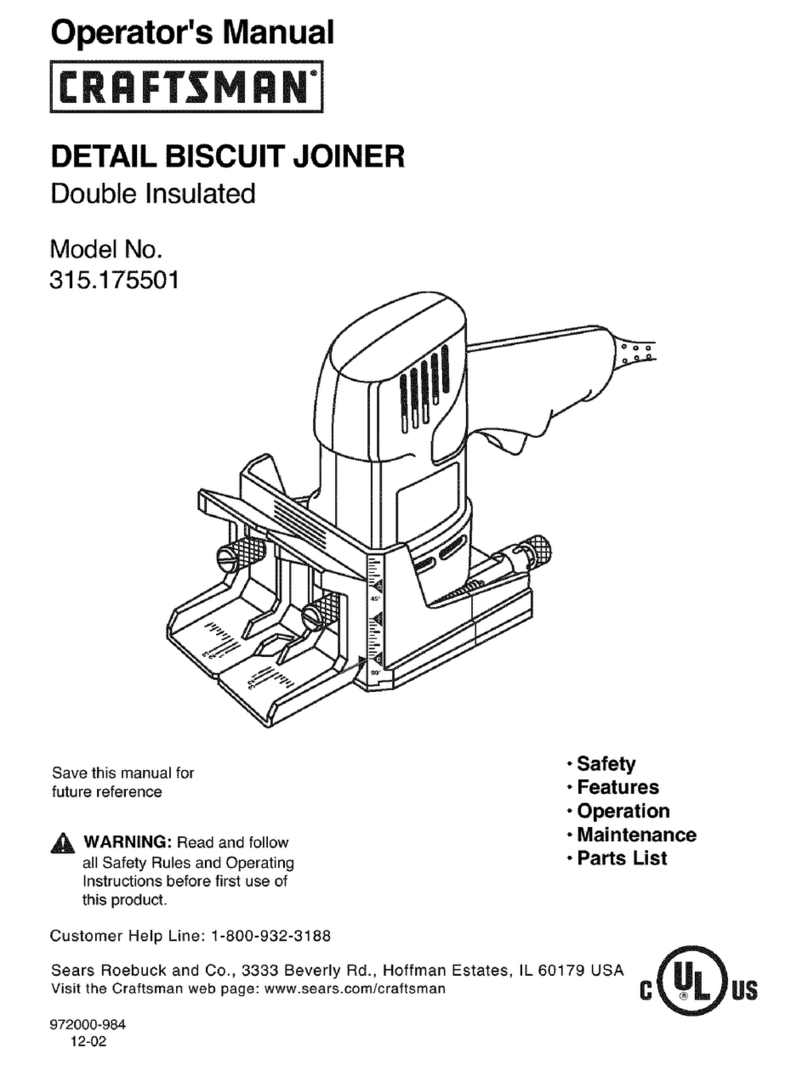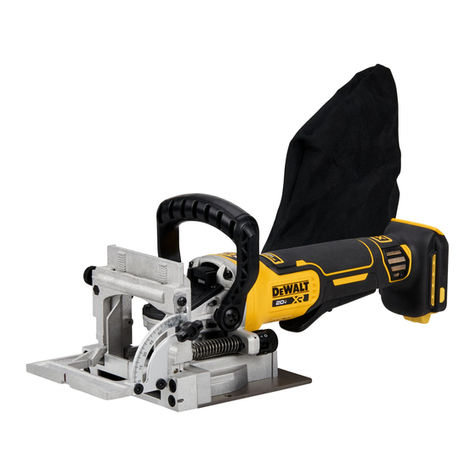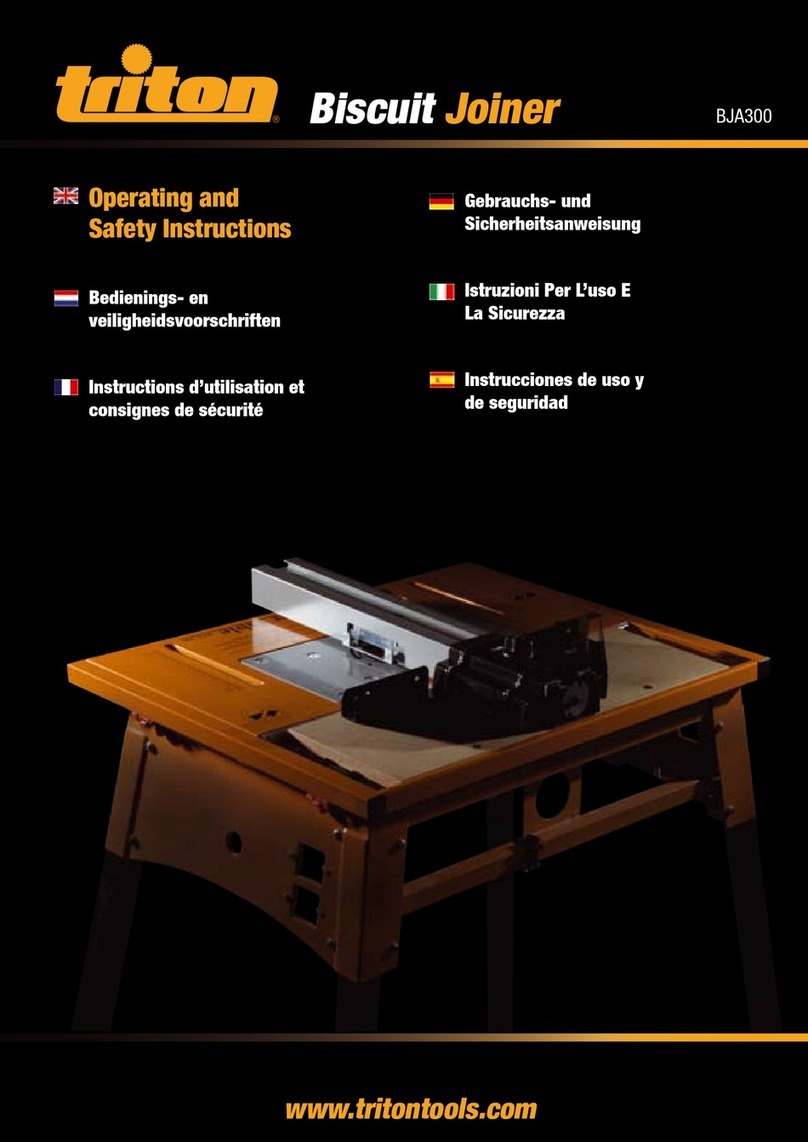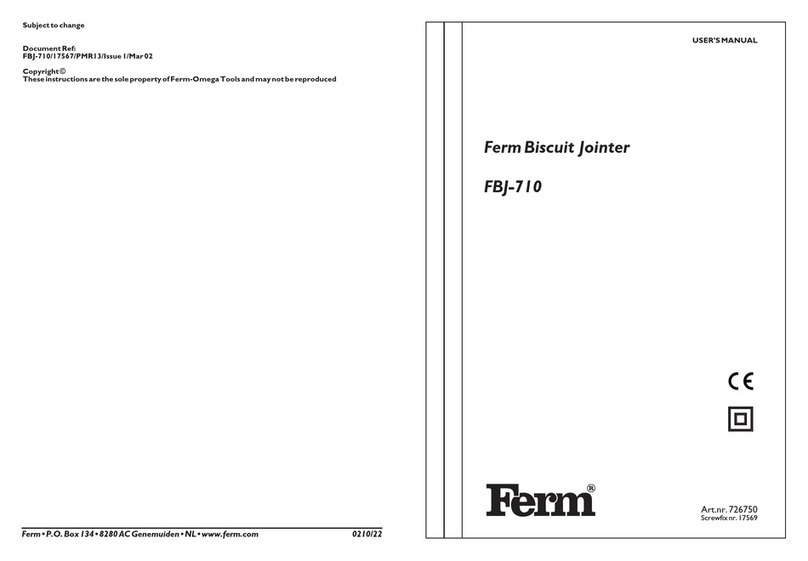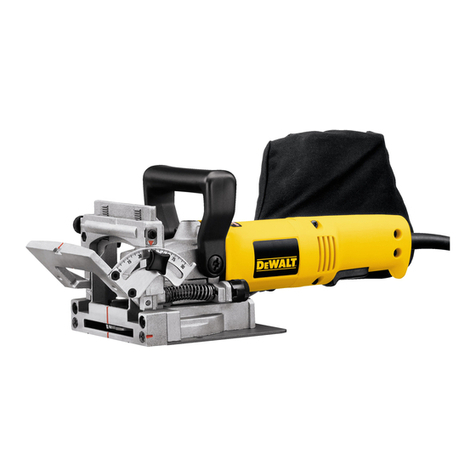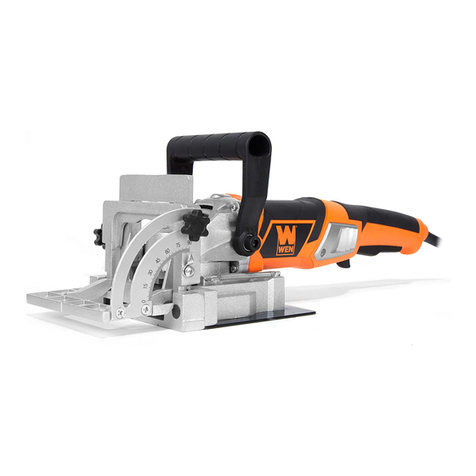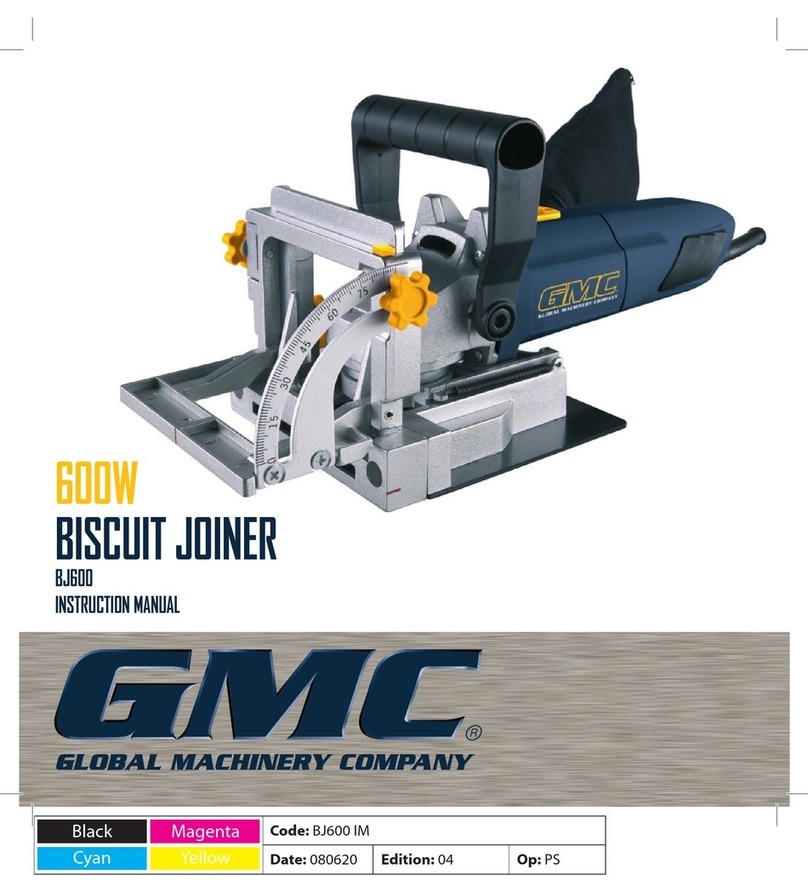
2
TABLE OF CONTENTS
SAFETY.................................................................................................................................................5
General power tool safety warnings .................................................................................................5
Jointer safety warnings.....................................................................................................................7
Brief description................................................................................................................................7
Double insulation ..............................................................................................................................7
Extension cords ................................................................................................................................7
DESCRIPTIONS & SPECIFICATIONS .................................................................................................8
Functional description.......................................................................................................................8
Symbols............................................................................................................................................9
Specifications....................................................................................................................................9
ASSEMBLY & OPERATION ...............................................................................................................10
Prior to operation ............................................................................................................................10
Changing the blade.........................................................................................................................10
Using the dust bag..........................................................................................................................11
Adjusting the depth of cut ...............................................................................................................11
Using the plunge depth stop...........................................................................................................12
Starting the tool...............................................................................................................................13
Making a cut....................................................................................................................................13
Machine maintenance.....................................................................................................................14
APPLICATIONS...................................................................................................................................14
Edge To Edge Joint ........................................................................................................................14
T-Joint.............................................................................................................................................15
Frame Joint.....................................................................................................................................16
Edge Miter Joint..............................................................................................................................16
Corner joint .....................................................................................................................................18
MAINTENANCE & INSPECTION........................................................................................................19
Service............................................................................................................................................19
Power Cord.....................................................................................................................................19
Tool Lubrication ..............................................................................................................................19
Ventilation Openings.......................................................................................................................19
Bearings..........................................................................................................................................19
Inspect Accessories........................................................................................................................19
Inspect Screws................................................................................................................................19
ACCESSORIES...................................................................................................................................20
Standard Accessories.....................................................................................................................20
SERVICE LOCATIONS .......................................................................................................................20
